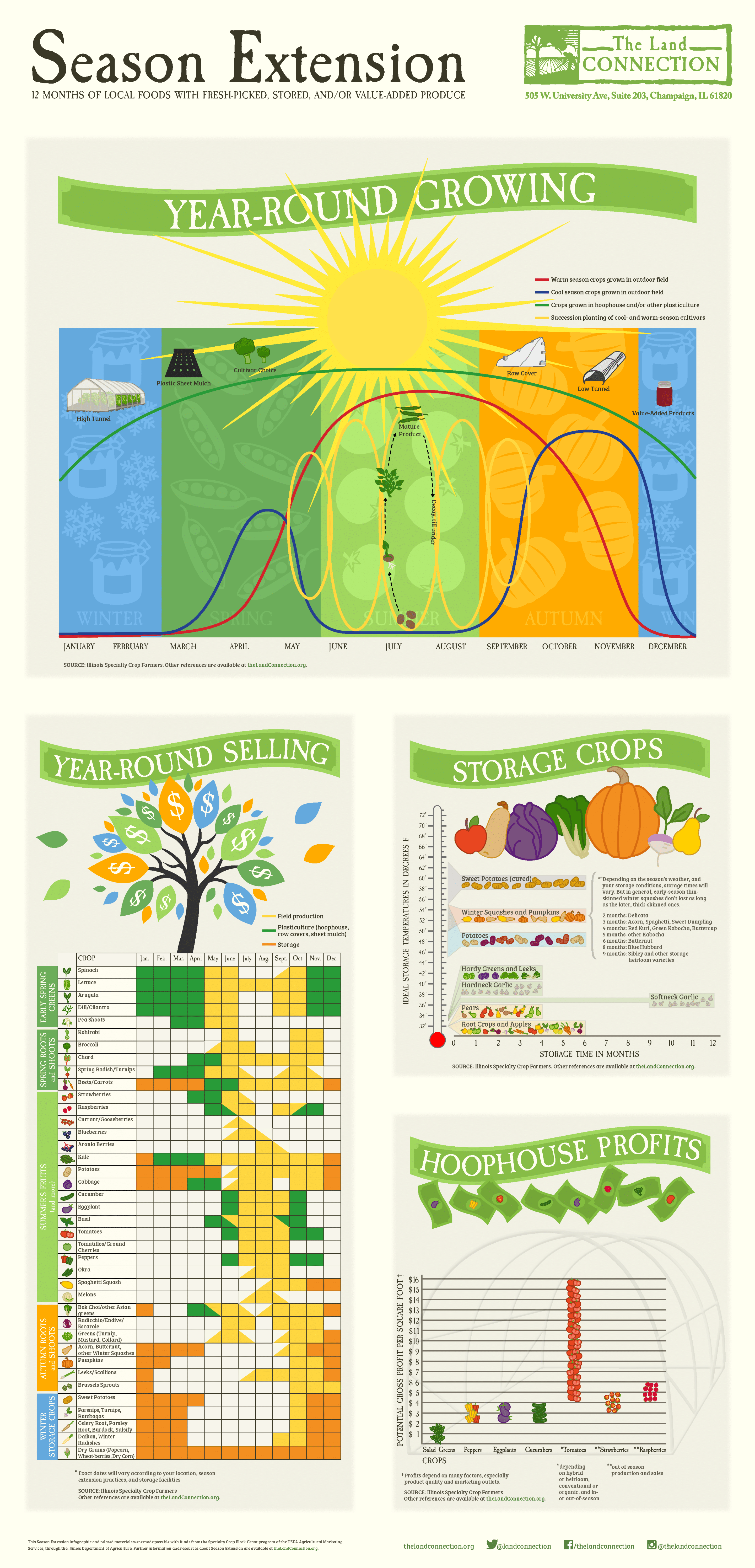How to Grow Vegetables Year-Round in Cold Climates

Imagine stepping out into your garden on a crisp winter morning, the air nipping at your nose, and plucking fresh, vibrant vegetables from the earth. Sounds like a dream? It doesn’t have to be. Growing vegetables year-round in cold climates is not only possible but also incredibly rewarding. With the right techniques and a bit of know-how, you can transform your garden into a winter wonderland of fresh produce. Let’s dive in and explore how to make this a reality.
Understanding Cold Weather Crops
Before you start, it’s crucial to understand which vegetables thrive in cold weather. Cold weather crops, also known as cool-season vegetables, are hardy and can withstand frost. Some popular choices include:
- Spinach: This leafy green is not only nutritious but also incredibly resilient.
- Kale: A superfood that loves the cold and can even taste sweeter after a frost.
- Broccoli: This cruciferous vegetable is a staple in many winter gardens.
- Carrots: These root vegetables can be left in the ground until you’re ready to harvest.
- Brussels Sprouts: They thrive in cooler temperatures and can be a delightful addition to your winter meals.
Season Extension Techniques
Extending the growing season is key to year-round gardening. Here are some effective methods:
Row Covers
Row covers are lightweight fabrics that protect your plants from frost. Think of them as a cozy blanket for your garden. They allow sunlight and water to pass through while keeping the warmth in.
Cold Frames
Cold frames are like mini greenhouses. They are typically low to the ground and can be made from various materials. These structures trap heat and protect your plants from the elements.
Hoophouses
Hoophouses are larger structures that provide more space for your plants. They are essentially greenhouses made from plastic sheeting and metal hoops. These can be a game-changer for serious winter gardeners.
Frost Protection Strategies
Frost can be a gardener’s worst enemy, but with the right strategies, you can keep your plants safe.
Mulching
Mulching helps insulate the soil and protects the roots of your plants. Organic materials like straw, leaves, or wood chips are excellent choices.
Watering
Watering your plants before a frost can help protect them. The water freezes and releases heat, keeping the plant warmer.
Cloches
Cloches are individual plant covers that act like mini greenhouses. They are perfect for protecting single plants or small groups of plants.
Greenhouse Growing
Greenhouses offer the ultimate protection for your plants. They create a controlled environment where you can grow a wide variety of vegetables year-round.
Choosing the Right Greenhouse
When selecting a greenhouse, consider factors like size, material, and ventilation. A well-ventilated greenhouse is crucial to prevent overheating and mold growth.
Heating Your Greenhouse
Heating your greenhouse can extend your growing season even further. Electric heaters, propane heaters, and even solar-powered options are available.
Winter Gardening Tips
Winter gardening requires a different approach than summer gardening. Here are some tips to help you succeed:
Soil Preparation
Prepare your soil in the fall by adding compost and other organic matter. This will help improve soil structure and fertility.
Timing Your Planting
Timing is everything in winter gardening. Plant your seeds at the right time to ensure they have enough time to mature before the coldest months.
Monitoring Temperatures
Keep a close eye on the weather forecast. Knowing when a frost is coming can help you take proactive measures to protect your plants.
Conclusion
Growing vegetables year-round in cold climates is a rewarding challenge. With the right techniques and a bit of planning, you can enjoy fresh, homegrown produce even in the dead of winter. Whether you’re using row covers, cold frames, or a greenhouse, the key is to understand your plants’ needs and provide them with the best possible environment.
So, are you ready to turn your garden into a winter oasis? Start small, experiment, and enjoy the journey. Your taste buds (and your wallet) will thank you.
FAQs
What are the best vegetables to grow in cold climates?
- Some of the best vegetables to grow in cold climates include spinach, kale, broccoli, carrots, and Brussels sprouts. These plants are hardy and can withstand frost.
How do row covers protect plants from frost?
- Row covers are lightweight fabrics that allow sunlight and water to pass through while trapping heat. They act as a barrier against frost, keeping your plants warmer.
What is a cold frame and how does it work?
- A cold frame is a small, enclosed structure that traps heat and protects plants from the elements. It’s like a mini greenhouse and can be made from various materials.
Why is mulching important in winter gardening?
- Mulching helps insulate the soil and protects the roots of your plants. It also helps retain moisture and suppresses weeds.
What are some tips for successful winter gardening?
- Successful winter gardening involves preparing your soil, timing your planting, and monitoring temperatures. It’s also important to choose the right plants and provide them with the best possible environment.


0 Response to "How to Grow Vegetables Year-Round in Cold Climates"
Post a Comment